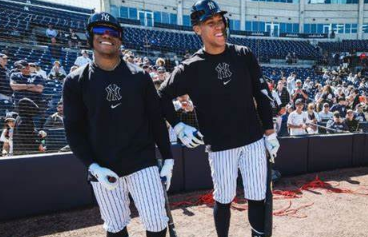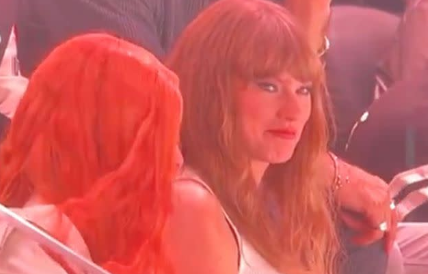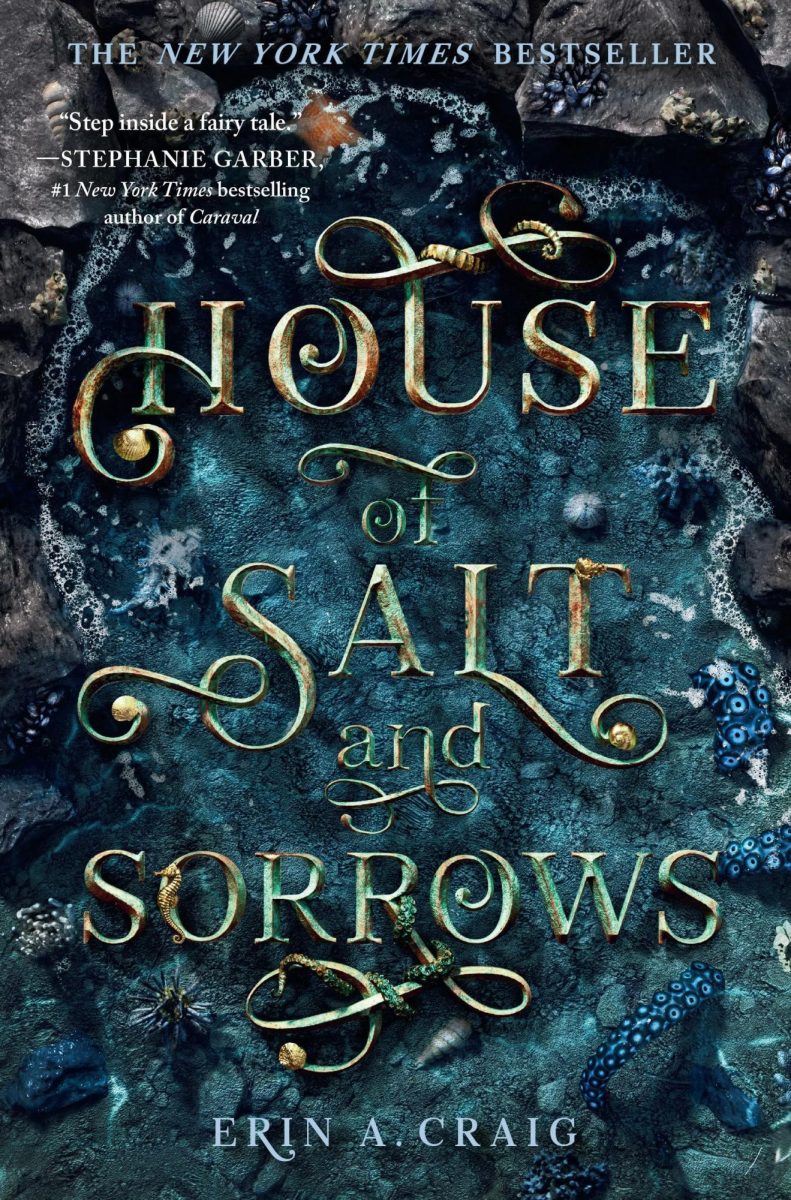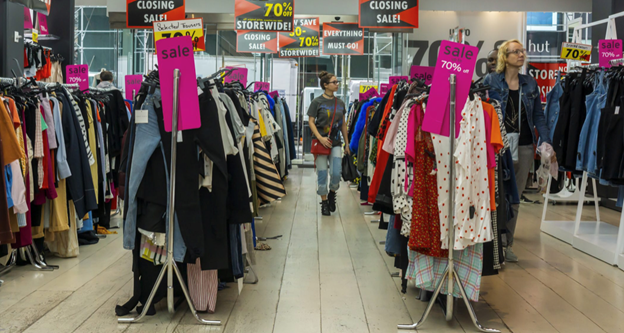Green Zebra Patterned Pants? Not Worth it.
November 19, 2021
Purple flared jeans, hot pink leather jackets and yellow checkered shirts that have a few too many holes and loops within them.
That’s what I gather from the latest fashion trends that come from social media. Sure, in regards to style, “to each their own.” Seeing what other teens your age are wearing can help you adjust your style to the wardrobe of your dreams. However, when understanding the process behind what it takes for them to be made, sold and shipped to you, is that perfect outfit really worth it?
The answer is no. And TikTok keeps convincing people otherwise.
With over 1 billion users, TikTok has become a multi-purpose platform. Whether it’s cooking, performing tricks on a tightrope or simply dancing, there are many ways to obtain a large following. What has been on the rapid rise since quarantine are videos that relate to fashion. “What to Wear on Dates”, “Outfits the Disney Princesses Would Wear in 2021” and “Incoming Trends” are just a few titles of 15-second to three minute videos that take over people’s feeds. Of course, crafting outfits is an excellent creative outlet, one that I enjoy myself. But when I would view an influencer’s fashion video, I’d always find myself saying, “They have so many clothes!” Then I would click on their profile, only to find “$1,000 Shein Haul” and similar titles on other videos. And that’s where I cringe.
To someone not on TikTok, they might be wondering, “What’s the issue?” A clothing haul from Shein – an online retailer that sells clothes for inexpensive prices – may be worth it for some.
The issue, besides the occasional profiting off the work and creations of small businesses, is what allows website-based companies like Shein and Fashion Nova to have the ability to sell clothes and accessories for inexpensive prices. Falling into the umbrella term of “fast fashion”, these companies focus on the development of trends from fashion runways entering stores quickly, at the price of cheap manufacturing. Their daily new styles are meant to keep up with the media and people’s appetite for following the latest trends. But behind those $9 t-shirts and $12 dresses are the blood, sweat and tears of people who work in dangerous conditions. Their employees are underpaid and overworked. And it’s not just online-based companies.
Zara, for example, is another popular retail store that is under scrutiny for bad working conditions. Brazil’s Ministry of Labor estimated that 300,000 people work in slave-like conditions worldwide for the clothing company. Rakel Tanibajeva, CEO of Lots of Berries and a current Yale undergrad student, describes how these popular companies mask wrongdoings with the process of conveying a false impression regarding how they are environmentally sound – a practice known as greenwashing.
“Companies will say that they are doing something for the environment, right, cause it’s like a trend now,” Tanibajeva said. “In reality, it’s not doing much.” Once I learned about greenwashing, I immediately recognized a retailer that I feel is implicated in the practice: H&M. Every time I walk into my local H&M, I notice the boxes placed for customers to insert old clothes in order to receive a coupon in return. Customers are told that their old clothes will be recycled into new ones. The clothing drive, known as H&M Conscious, isn’t an efficient way of being sustainable, because only 35% of clothes collected are actually recycled into new clothing.
As someone who has their very own sustainable brand featuring clothing, decor, housing and food, Tanibajeva has proudly poured her heart and soul into making a one-of-a-kind business with the hopes of “show[ing] that as individuals, we do have power.” When we recognize the harm of overproduction and overconsumption in the fast fashion industry, we often feel overwhelmed to the point where we believe there is nothing we can do to fix it. By understanding that we as individual consumers control the growth of industries, particularly fashion, we can make as much change as we desire.
In combat of the fast fashion industry becoming faster, many small businesses are becoming more sustainable in practice, which gives me hope. Brands like Lucy & Yak are paving the way.
The clothing company focuses on dungarees, but also sells dresses, boiler suits and shirts. Most of their production is located in India, as stated by the company. In efforts to become more sustainable, the company plans to “help [their factories] become GOTS certified [which] provides evidence that the cotton is made sustainably and ethically by being audited by a third party.” Though their original intentions of creating the business wasn’t to create sustainable clothing options, Lucy & Yak is now a notable company that views sustainability in the clothing industry “as just something every brand should be doing.” Other clothing companies should follow suit!






























